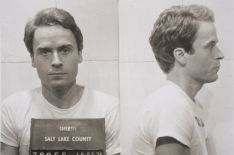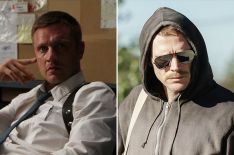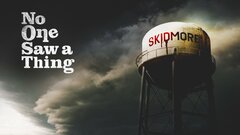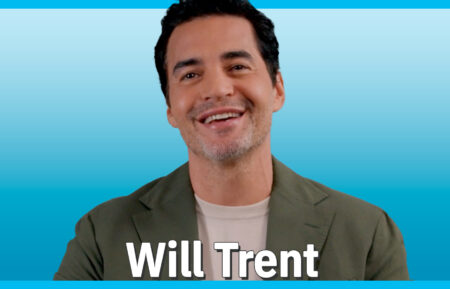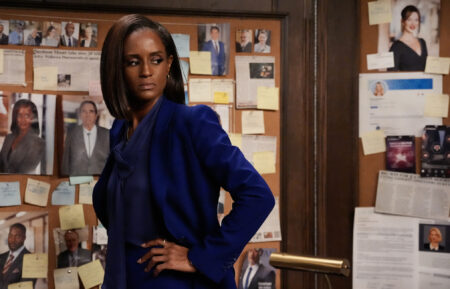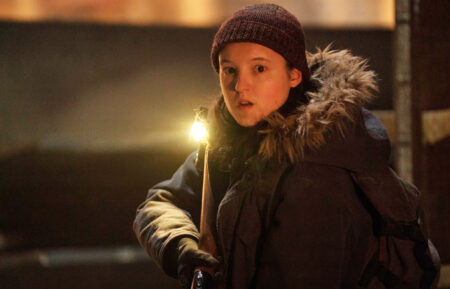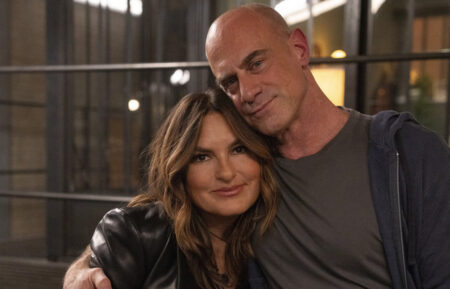‘No One Saw A Thing’s Avi Belkin on How a Town’s Vigilantism Led to an Intriguing Crime Story
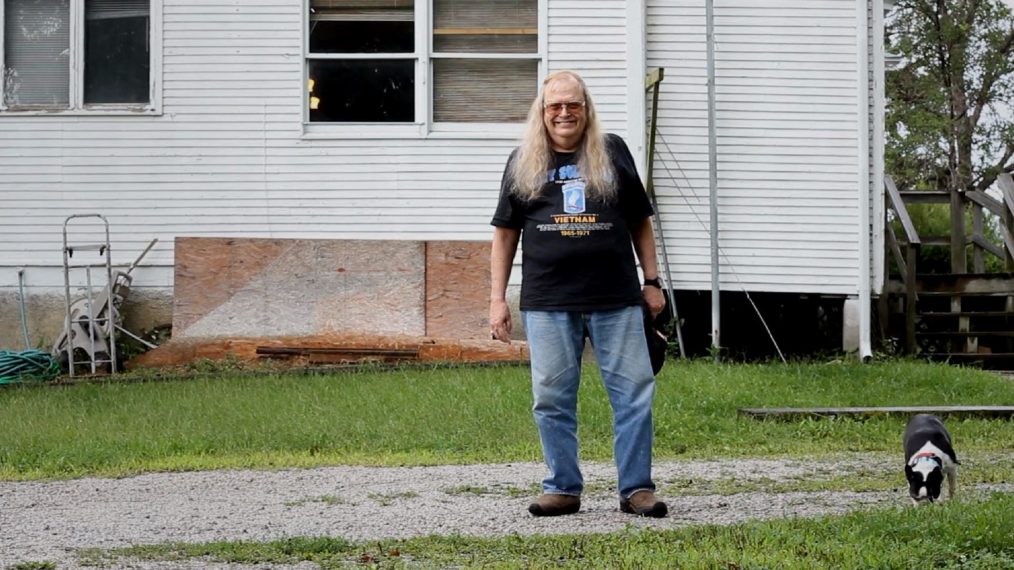
Exclusive
Sundance TV’s newest docuseries, No One Saw A Thing is shedding new light on an old cold case.
Just under 40 years ago, Ken McElroy was shot in the light of day in his small Missouri town of Skidmore. Described as the “town bully,” McElroy’s death gained national attention when no one was accused or charged with the killing following the 1981 death, which had multiple witnesses.
Examining the impact of the Heartland murder, No One Saw A Thing will show how the citizen’s vigilante ways set the town down a path of hardship. The true-crime series presents the story in six episodes which feature testimonials from townspeople like Britt Small.
In the exclusive clip below, Small discusses what happened that day, what he would have done himself when it came to McElroy and how it impacted Skidmore in the long run.
Viewers can expect more candid interviews in the Blumhouse Televsion and Delirio Films series when it debuts August 1 on Sundance TV.
Below, director and executive producer of the show, Avi Belkin opens up about what drew him to the story, what viewers will learn from watching, his take on the true crime genre, and more.
What drew you to this particular crime story?
Avi Belkin: Three years ago I was living in Tel Aviv. I was looking for a story that I could base a documentary on when I stumbled onto the Ken Rex McElroy cold case in an old newspaper article. I was first intrigued by the murder but I became even more fascinated when I read about all of the incidents that came after that initial killing — a wave of gruesome violence that all took place in the tiny town of Skidmore.
I became obsessed with the question, why all this violence? So, I decided I would film a portrait of this small town in order to explore some of the origins of violence in American society, and also question the price a society pays when it resorts to vigilante justice.
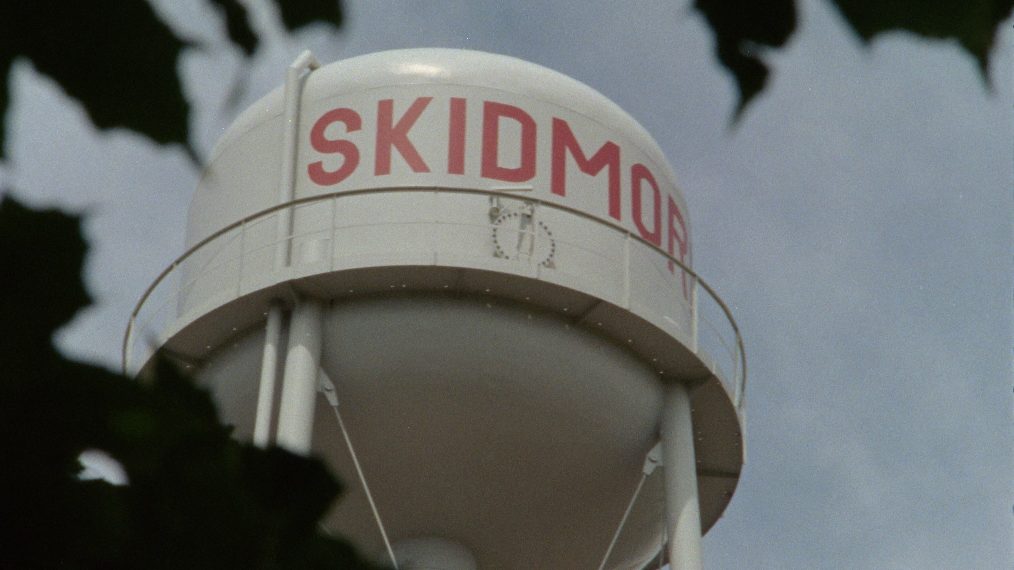
(Credit: SundanceTV)
Can you tease whether or not viewers will learn something new about the case?
McElroy’s death and the town’s collective silence that followed have been chronicled in books and TV films, but always as a relatively one-dimensional story from the same townsfolk perspective. Our series chronicles not only the killing of Ken Rex McElroy, but also goes both backwards and forwards in time to reveal the bigger picture of what happened in that small town. It also gives a voice for the first time to the family members of the man who was murdered who have a very different story to tell about what really happened that day.
True crime is so popular in today’s TV landscape. What is it about the genre that you think draws people in?
I think audiences are incredibly drawn to the mystery element and the chance to be their own detective. But it’s also about exploring humanity’s darker side from the safety of your own living room couch. That’s part of the reason why I think horror films are so successful and that’s probably why Marci Wiseman and Jeremy Gold, co-presidents of Blumhouse Television, were instantly intrigued and bid for the project on the spot when I pitched it to them.
What do you hope people take away from this story?
The message that was sent to that community on the day that Ken Rex McElroy was killed was that if you have a problem, you solve it with violence. That is always the message that vigilante acts send to the next generations. By doing that, they perpetuate the vicious cycle of violence. I think that’s the message that subconsciously Americans are getting from their history — and also from today’s culture — without really understanding the overall effect that the vigilante phenomenon has on their society.
No One Saw A Thing, Series Premiere, Thursday, August 1, 11/10c, Sundance TV

